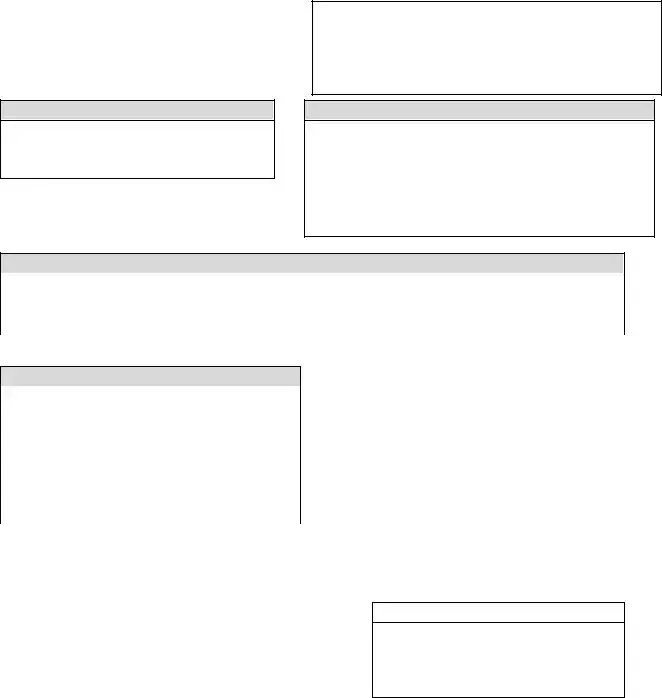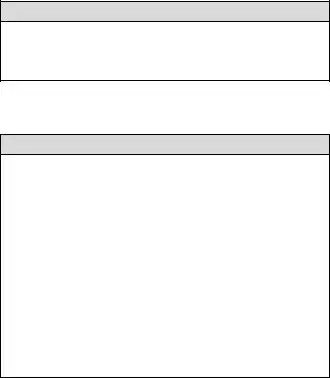The Mortgage Statement form serves as a crucial document for homeowners, providing a comprehensive overview of their mortgage account. At the top of the statement, the servicer's name and contact information, including a customer service phone number and website, ensure that borrowers can easily reach out for assistance. The statement includes vital details such as the borrower's name and address, the statement date, account number, payment due date, and the total amount due. It also outlines the consequences of late payments, specifying any applicable late fees if payment is not received by the designated date. A breakdown of account information reveals the outstanding principal, interest rate, and whether a prepayment penalty applies. The form meticulously details the explanation of the amount due, which includes principal, interest, escrow for taxes and insurance, and total fees charged. Additionally, it presents transaction activity over a specified period, listing charges, payments, and any late fees incurred. A past payments breakdown offers transparency, summarizing the amounts paid for principal, interest, escrow, and fees over the previous year. Important messages highlight the implications of partial payments and delinquency, emphasizing the potential risks of foreclosure. For those facing financial difficulties, the statement directs borrowers to resources for mortgage counseling or assistance, underscoring the importance of communication and support in maintaining homeownership.


